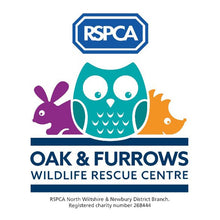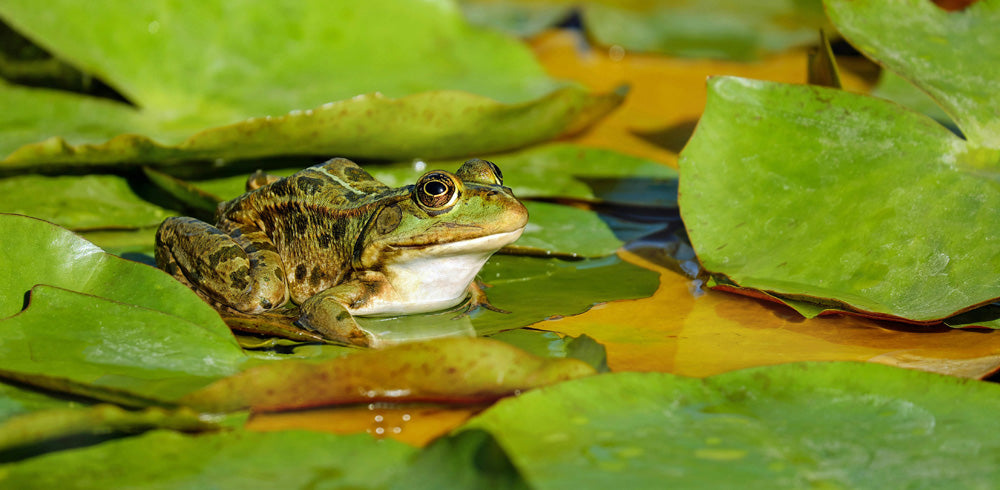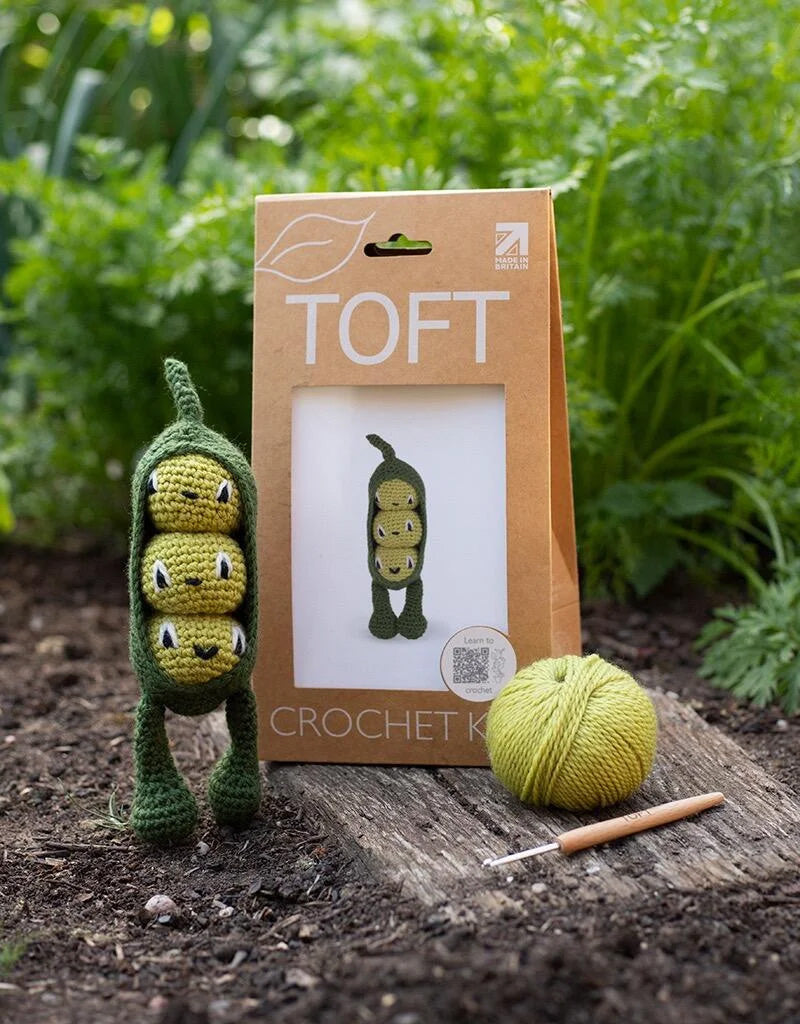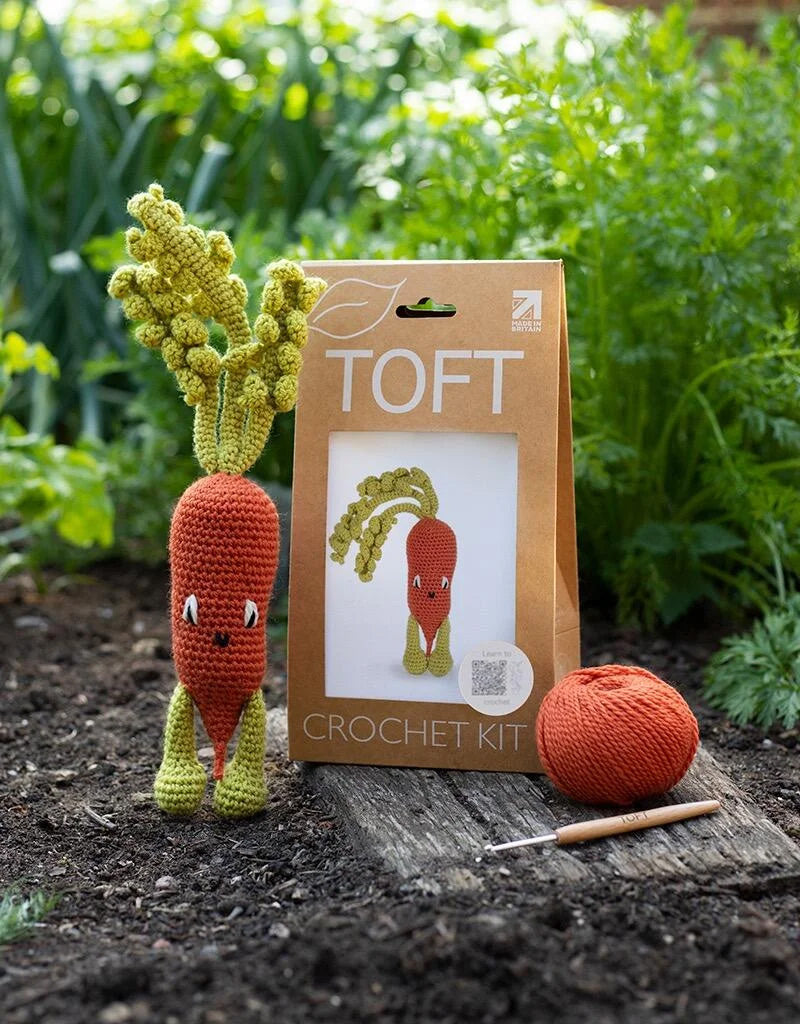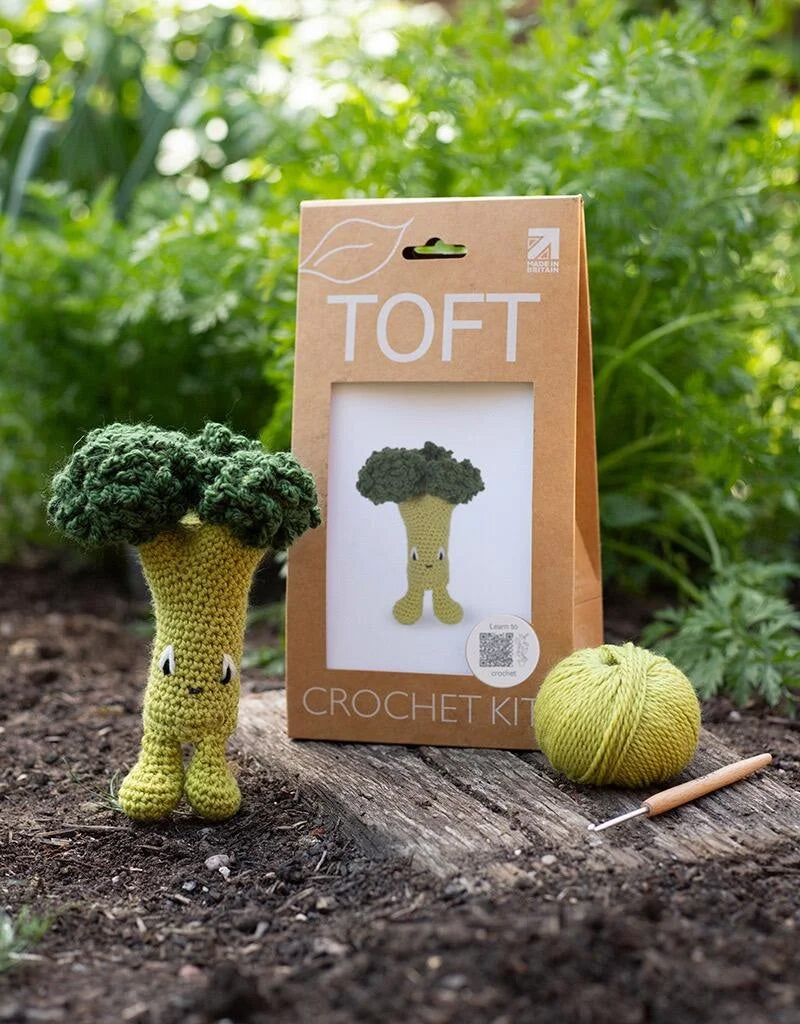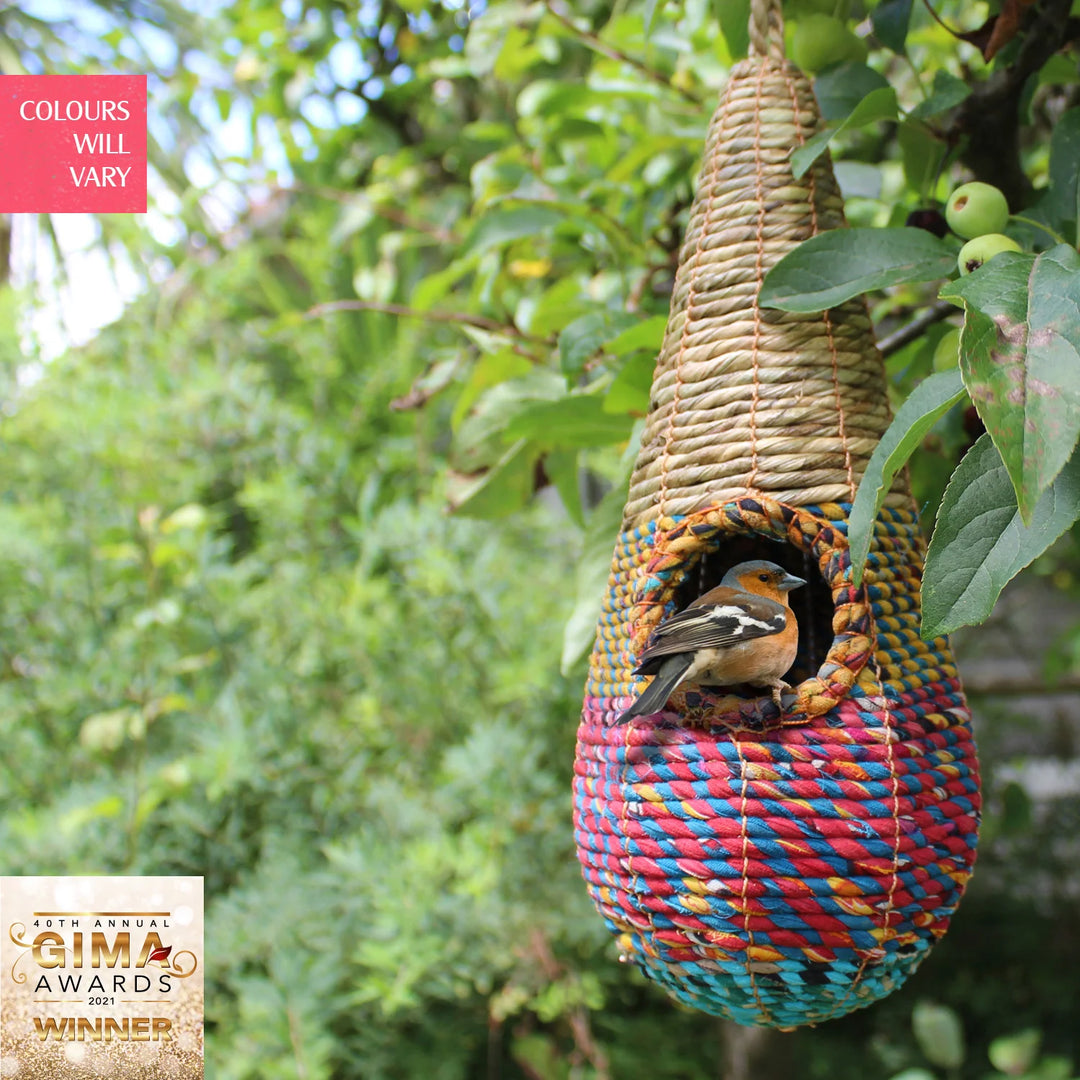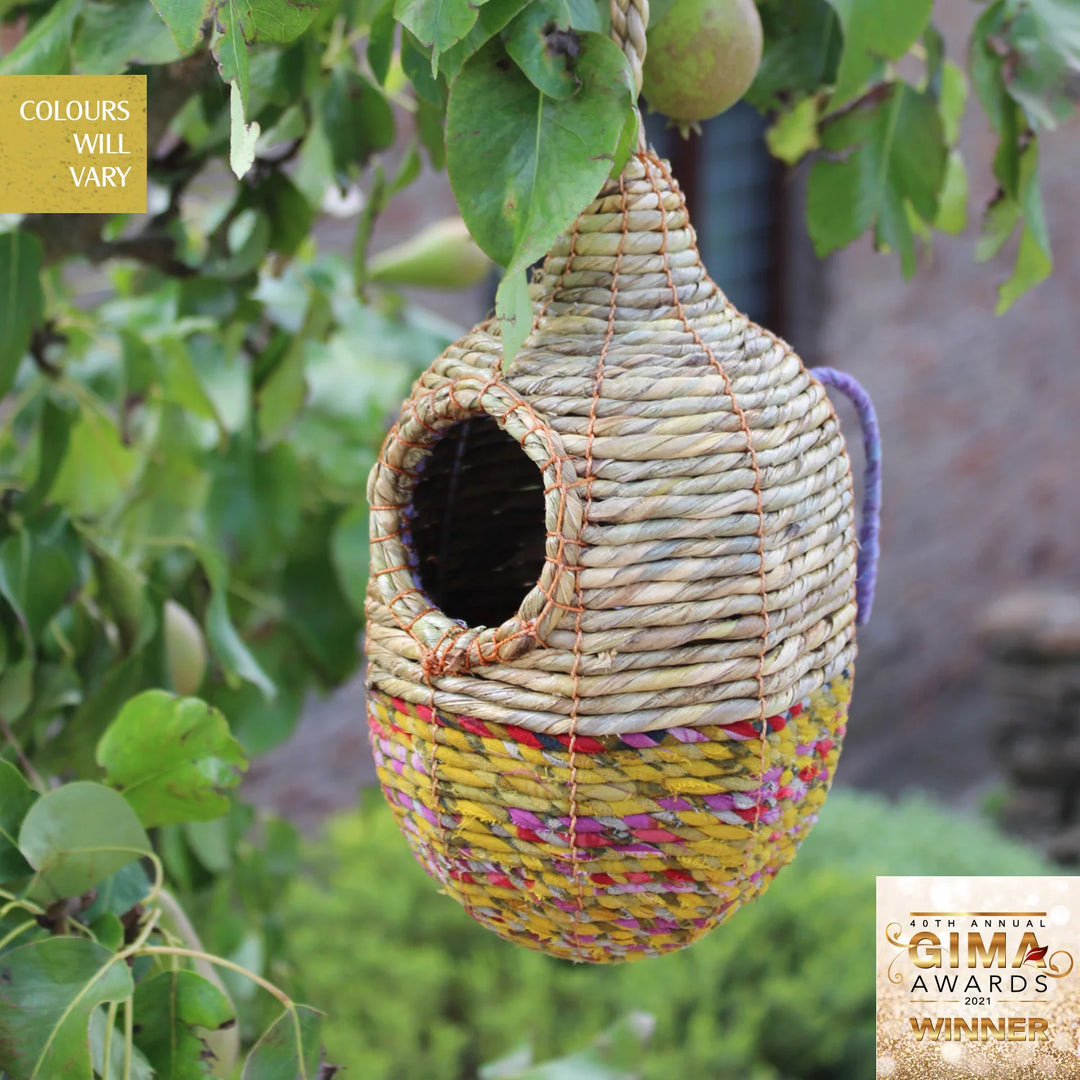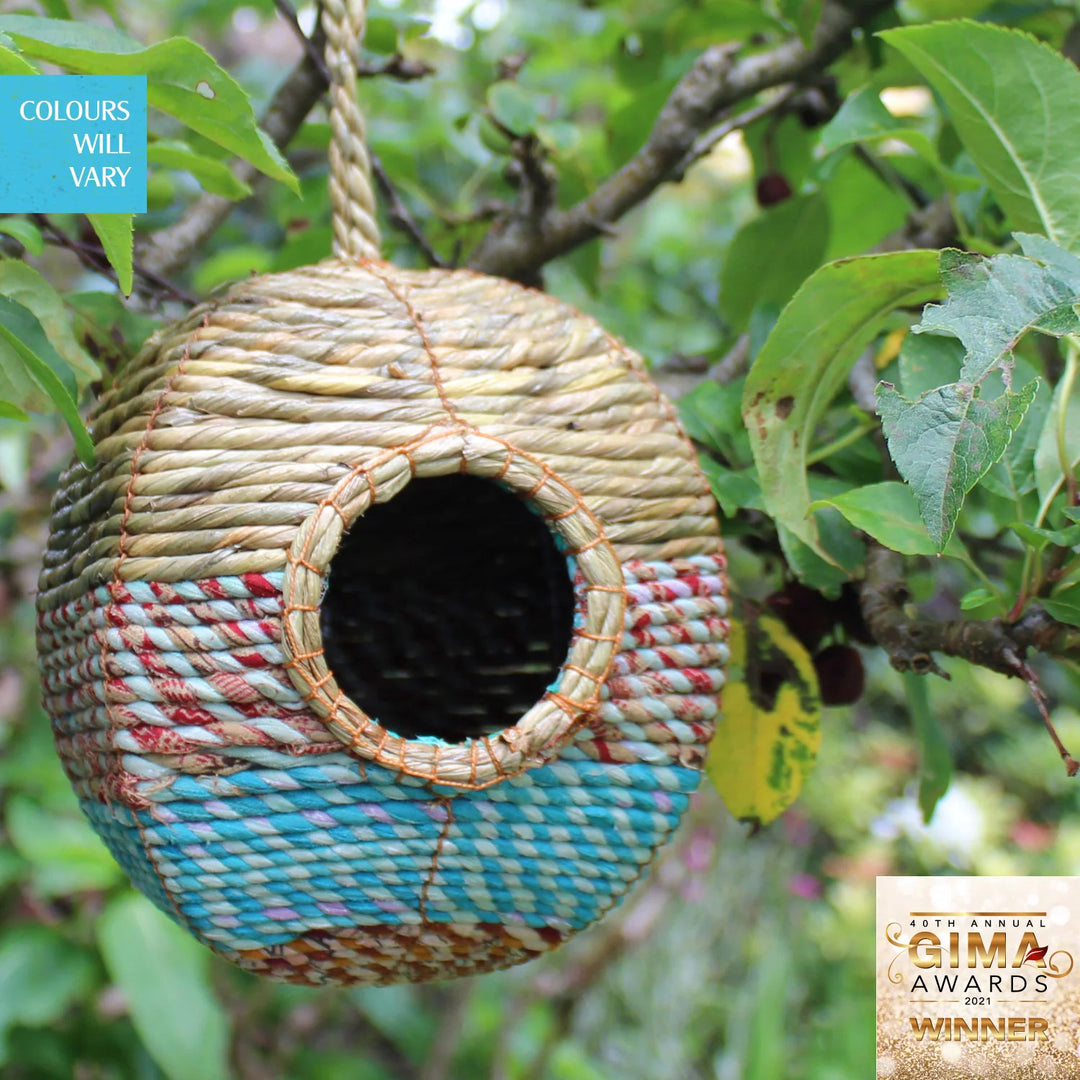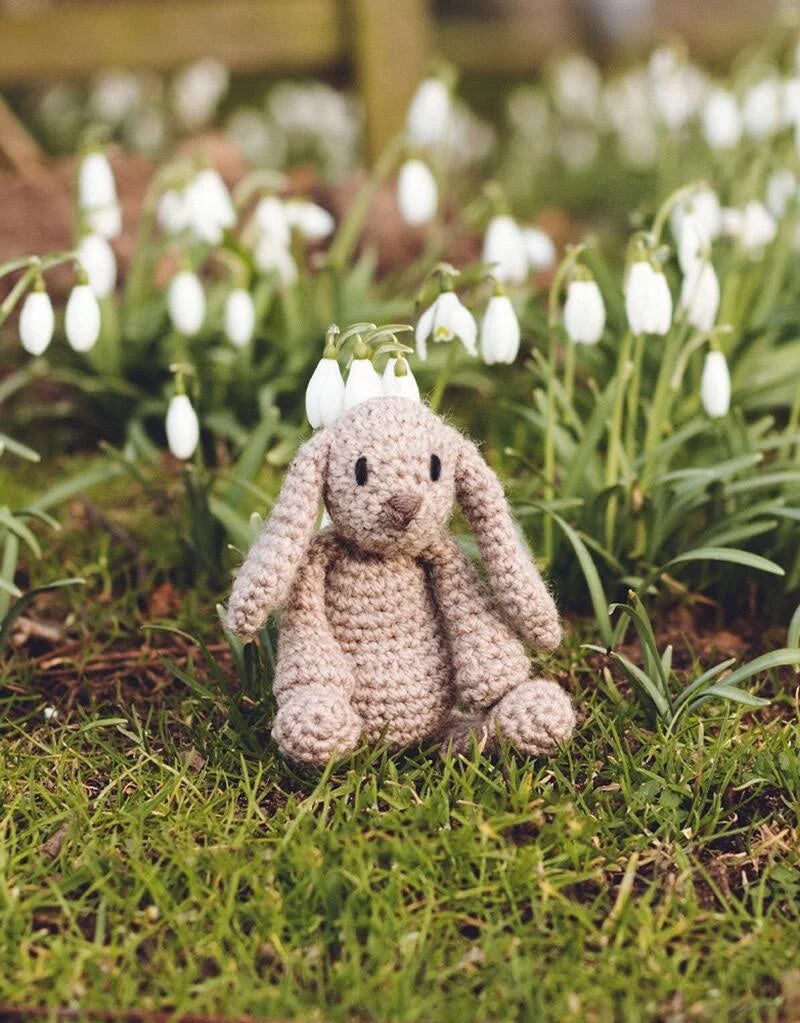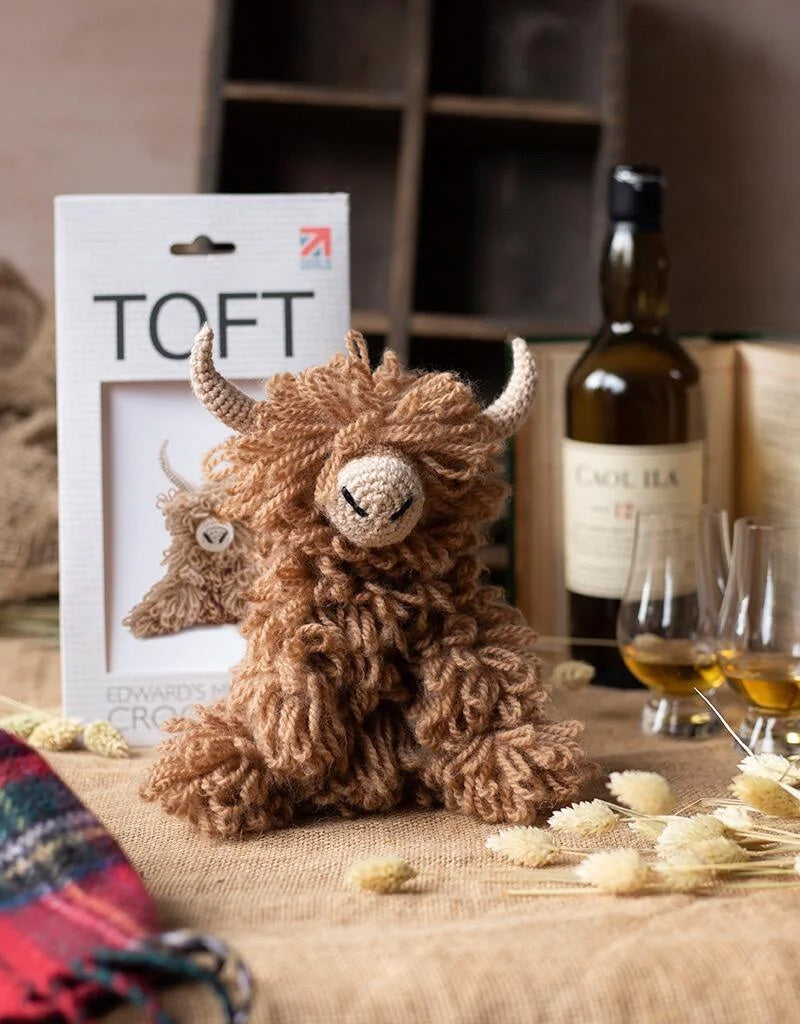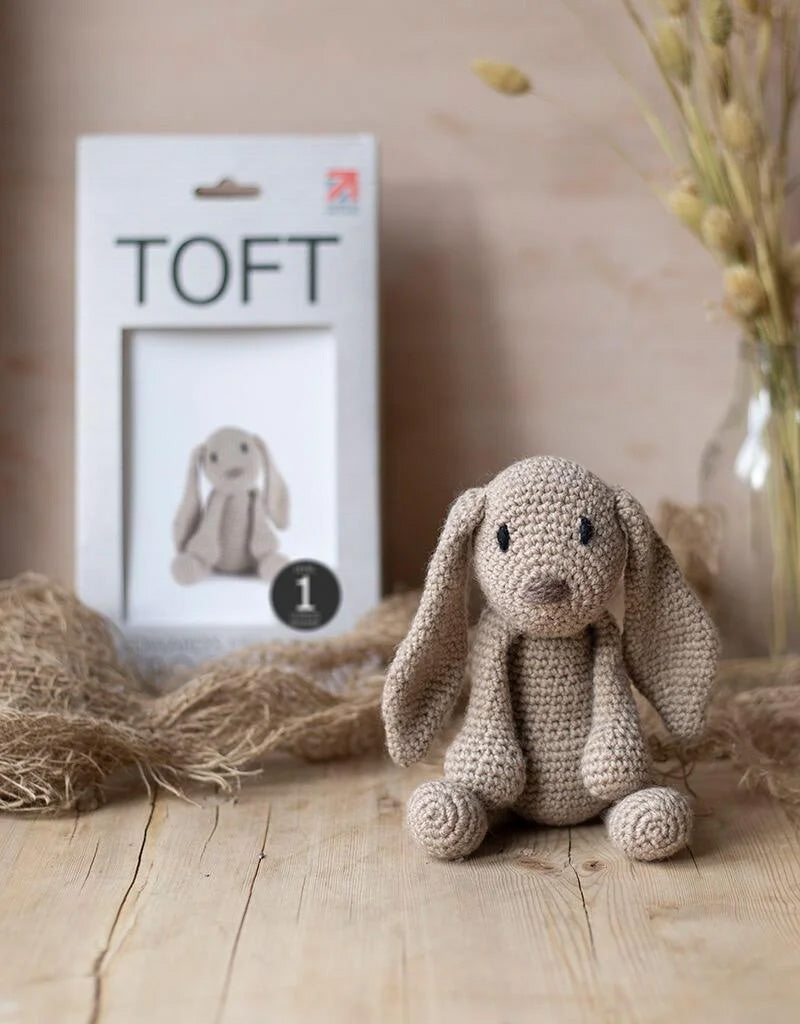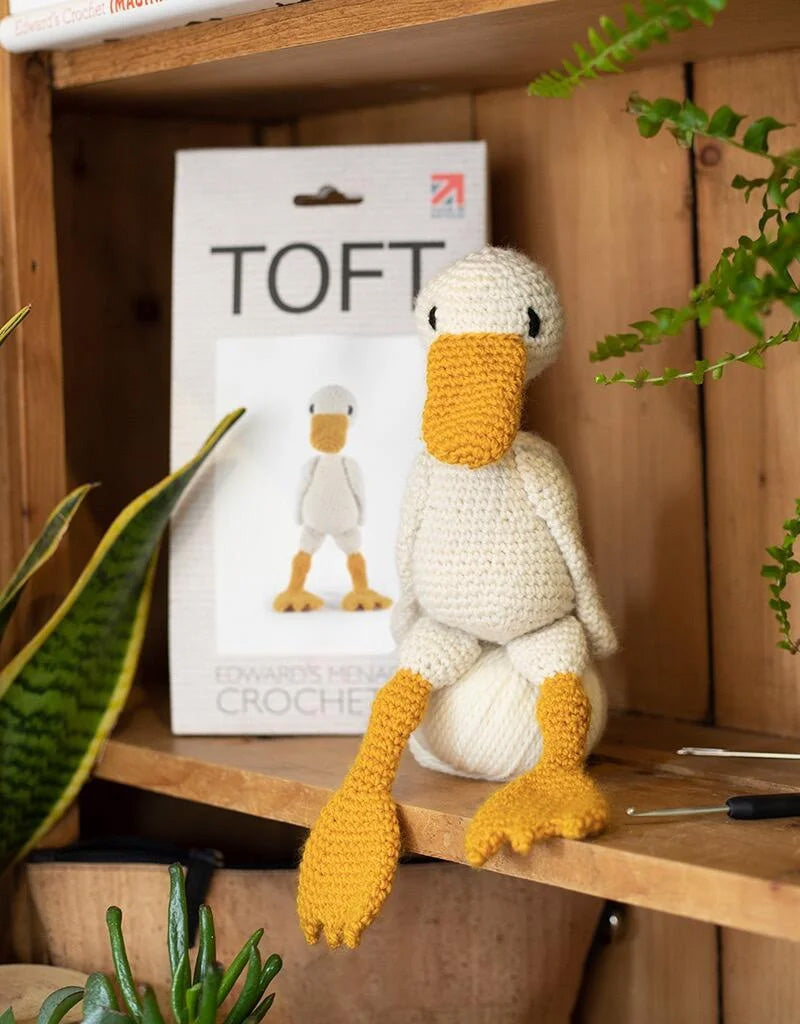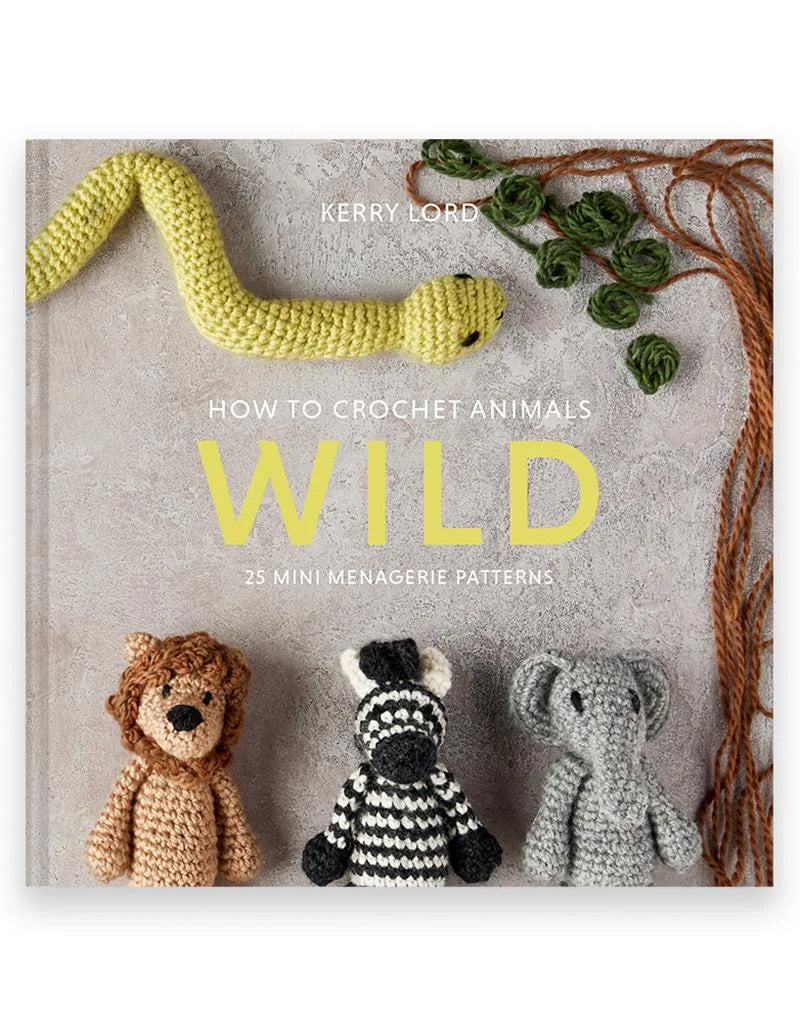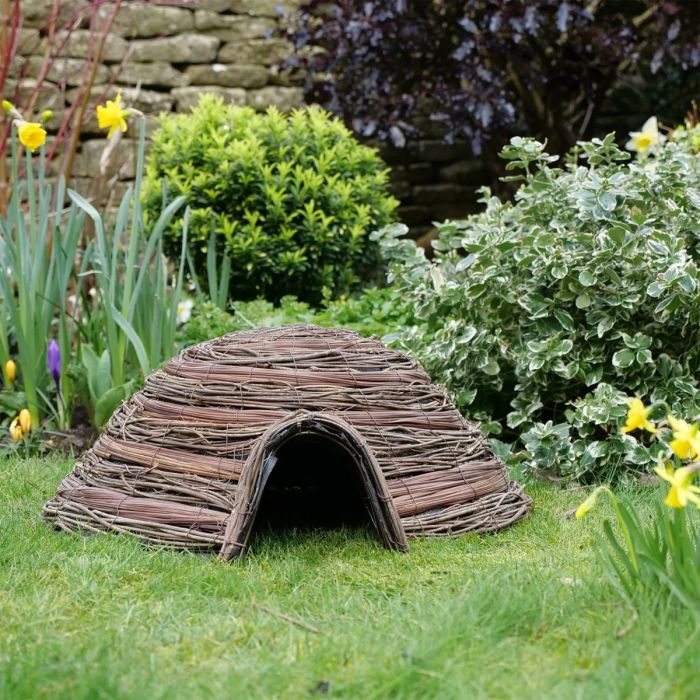Frogs
Frogs come in a variety of colours and can be found in different habitats across the country. However, despite their importance, frogs in the UK face various threats that put their survival at risk.
One of the most common species of frogs in the UK is the common frog (Rana temporaria). These frogs are typically found in gardens, ponds, and wetlands. They have smooth skin and come in a range of colours, including green, brown, and even red. Common frogs are known for their distinctive croaking sound, which they use to attract mates during the breeding season.
Another species of frog that can be found in the UK is the common toad (Bufo bufo). Toads are often mistaken for frogs, but they have dry, warty skin and tend to move in a more lumbering manner. Toads are also known for their distinctive call, which sounds like a prolonged trill.
Frogs and toads in the UK have a varied diet that includes insects, worms, and other small invertebrates. They are important predators in their ecosystems, helping to control insect populations and maintain a healthy balance in the food chain.
Frogs in the UK hibernate during the winter months to survive the cold temperatures. They typically burrow into the ground or find shelter in ponds or other bodies of water. Hibernation is essential for frogs to conserve energy and survive until the warmer months when they can resume their normal activities.
Unfortunately, frogs in the UK are facing a number of threats that are putting their populations at risk. One of the biggest threats to frogs is habitat loss. As urban areas expand and agricultural practices intensify, frogs are losing their natural habitats and struggling to find suitable places to breed and feed.
Pesticides and pollution are also major threats to frogs in the UK. Chemicals used in farming can contaminate water sources and harm frog populations. Pollution from urban runoff and industrial activities can also have a negative impact on frogs and their habitats.
In addition to these threats, frogs in the UK are also vulnerable to predation by non-native species such as the American bullfrog. These invasive species can outcompete native frogs for food and habitat, further reducing their chances of survival.
To help protect frogs in the UK, conservation efforts are underway to create and restore habitats, reduce pollution, and control invasive species. Frogs are also protected under UK law, making it illegal to harm or disturb them in any way.
Despite these efforts, some species of frogs in the UK are still considered endangered. The pool frog (Pelophylax lessonae) is one such species that is at risk of extinction. Conservationists are working to restore habitats and reintroduce captive-bred frogs to the wild to help boost their populations.
Farmers can also play a role in protecting frogs in the UK by adopting wildlife-friendly farming practices. By creating ponds, hedgerows, and other habitats on their land, farmers can provide important refuges for frogs and other wildlife.
In conclusion, frogs in the UK are important and fascinating creatures that play a vital role in the ecosystem. They face a number of threats, including habitat loss, pollution, and invasive species, but conservation efforts are underway to protect them. By working together to preserve their habitats and reduce threats, we can help ensure that frogs in the UK continue to thrive for generations to come.
One of the most common species of frogs in the UK is the common frog (Rana temporaria). These frogs are typically found in gardens, ponds, and wetlands. They have smooth skin and come in a range of colours, including green, brown, and even red. Common frogs are known for their distinctive croaking sound, which they use to attract mates during the breeding season.
Another species of frog that can be found in the UK is the common toad (Bufo bufo). Toads are often mistaken for frogs, but they have dry, warty skin and tend to move in a more lumbering manner. Toads are also known for their distinctive call, which sounds like a prolonged trill.
Frogs and toads in the UK have a varied diet that includes insects, worms, and other small invertebrates. They are important predators in their ecosystems, helping to control insect populations and maintain a healthy balance in the food chain.
Frogs in the UK hibernate during the winter months to survive the cold temperatures. They typically burrow into the ground or find shelter in ponds or other bodies of water. Hibernation is essential for frogs to conserve energy and survive until the warmer months when they can resume their normal activities.
Unfortunately, frogs in the UK are facing a number of threats that are putting their populations at risk. One of the biggest threats to frogs is habitat loss. As urban areas expand and agricultural practices intensify, frogs are losing their natural habitats and struggling to find suitable places to breed and feed.
Pesticides and pollution are also major threats to frogs in the UK. Chemicals used in farming can contaminate water sources and harm frog populations. Pollution from urban runoff and industrial activities can also have a negative impact on frogs and their habitats.
In addition to these threats, frogs in the UK are also vulnerable to predation by non-native species such as the American bullfrog. These invasive species can outcompete native frogs for food and habitat, further reducing their chances of survival.
To help protect frogs in the UK, conservation efforts are underway to create and restore habitats, reduce pollution, and control invasive species. Frogs are also protected under UK law, making it illegal to harm or disturb them in any way.
Despite these efforts, some species of frogs in the UK are still considered endangered. The pool frog (Pelophylax lessonae) is one such species that is at risk of extinction. Conservationists are working to restore habitats and reintroduce captive-bred frogs to the wild to help boost their populations.
Farmers can also play a role in protecting frogs in the UK by adopting wildlife-friendly farming practices. By creating ponds, hedgerows, and other habitats on their land, farmers can provide important refuges for frogs and other wildlife.
In conclusion, frogs in the UK are important and fascinating creatures that play a vital role in the ecosystem. They face a number of threats, including habitat loss, pollution, and invasive species, but conservation efforts are underway to protect them. By working together to preserve their habitats and reduce threats, we can help ensure that frogs in the UK continue to thrive for generations to come.

